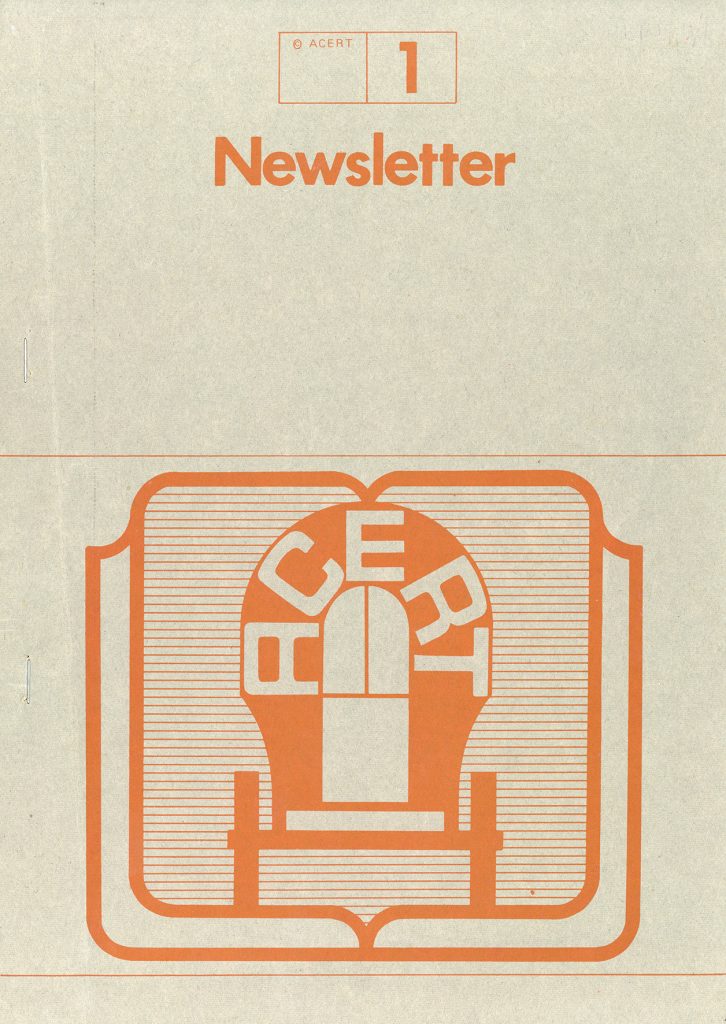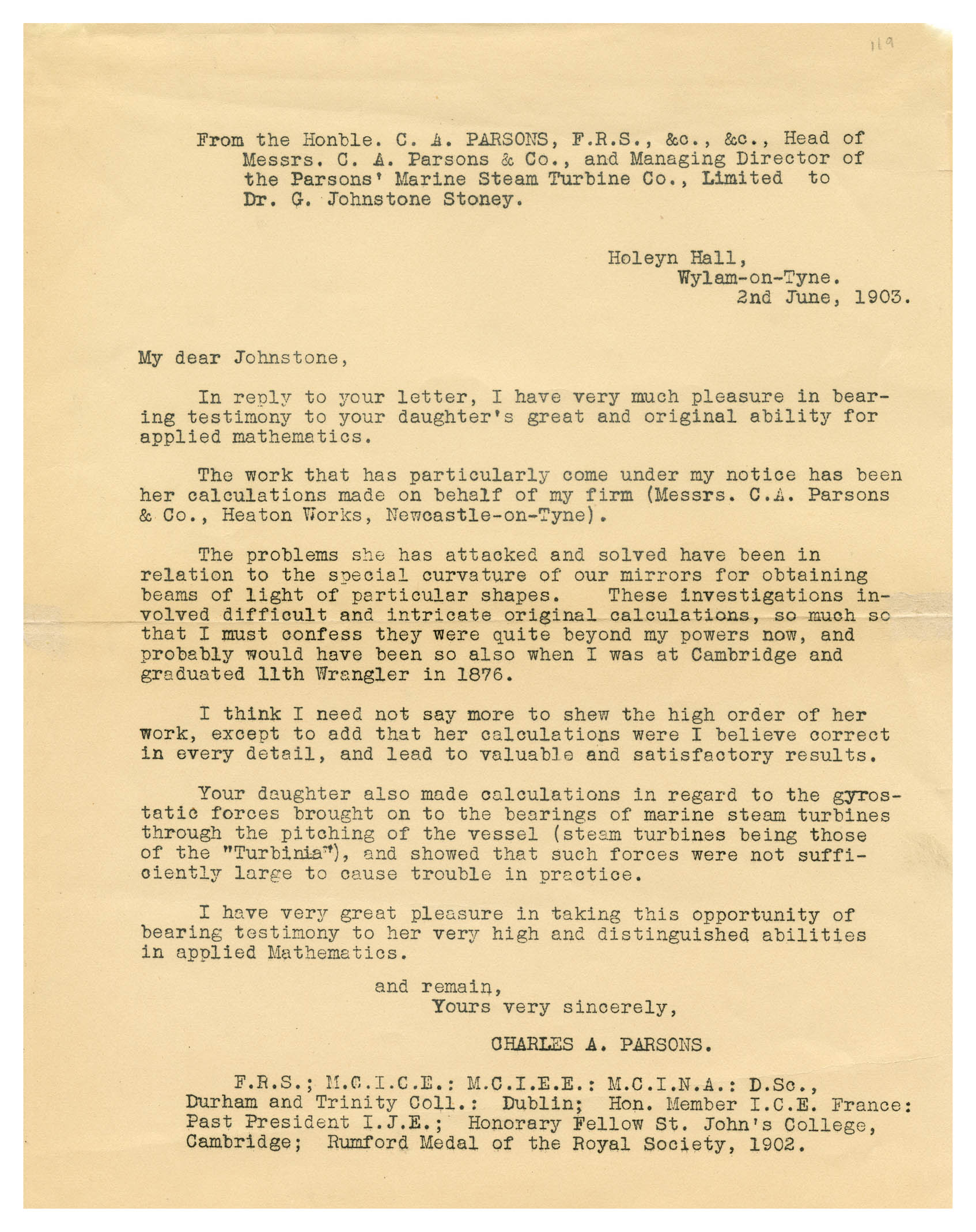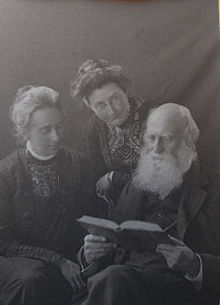“I’ve found the Chairman I want and that’s it”. The words of Sir Edward Boyle, the then Conservative Secretary of State for Education, upon first encountering Lady Bridget Plowden in 1963, which sums up in a nutshell Bridget and her innate ability to lead and influence.

Wife of wealthy industrialist Edwin Plowden and mother of four, Yorkshire-born Lady Bridget Plowden (nee Richmond) became a prominent public figure later in her life. Having initially focused her energies on her children and supporting her husband’s career, at the age of 53 she was appointed Chairman of the Central Advisory Council for Education (CACE), despite her lack of experience, by Sir Edward Boyle, after wowing him at a dinner party with her knowledge and enthusiasm.
It was an appointment which surprised many, but education became a passion and personal commitment for Bridget and an area in which she wielded great influence and brought about significant transformation.
The Plowden Report
The CACE was tasked with considering and reviewing all aspects of primary school education, which was held at the time to be undervalued and underfunded. Said to have been both an inspirational and a demanding Chair, Bridget presided over the compilation of a 1200-page report, Children and their Primary Schools, published in 1967.
The report, known most often by its unofficial name ‘The Plowden Report’, was ground-breaking and reshaped primary education in the UK. It advocated child-centred approaches to Education, stressing that “at the heart of the educational process lies the child“. It reduced class sizes, introduced classroom assistants, recommended annual school reports and abolished corporal punishment.

Although not everyone agreed with all the report’s recommendations, and aspects of the report have naturally since been superseded by more recent innovations and developments over time, The Plowden Report nonetheless remains a hugely significant and transformative milestone in the history of primary school education on the UK.
Education for Roma and Traveller Children
Amongst the many findings of The Plowden Report was that Roma and Traveller children were “the most severely deprived children in the country” and that, owing to their travelling lifestyle, they had worse access to education than any other minority group.
Determined to improve this situation and demonstrating a continuing and broader commitment to primary education, Bridget helped establish The Advisory Council for the Education of Romany and other Travellers (ACERT) in 1973. As the first Chair of ACERT’s steering committee, Bridget used her status and influence to create a positive environment for work towards improving the education of Roma and Travellers, shining a light on the issue and placing it firmly on the political map, benefitting huge numbers of children within the Roma and Traveller communities.

Broad field of interests
Bridget held a great many other public roles, including Vice-Chairman of the BBC Board of Governors (1970 – 1975) and Chairman of the Independent Broadcasting Authority (1975 – 1980). Her broad field of interests also encompassed adult education, the care and resettlement of offenders, the role of voluntary work, young adult unemployment and training, and women and employment.
The Plowden (Lady Bridget) Archive
After her death 20 years ago this month (September 2020), Lady Plowden’s family generously gifted her archive to Newcastle University Library in 2003. An extensive and rich resource reflecting her many areas of concern, the catalogue to the archive is available to researchers via the Special Collections web pages. View the Lady Bridget Plowden Archive online.


